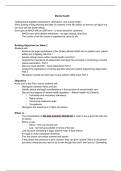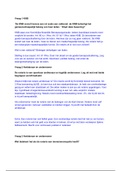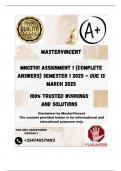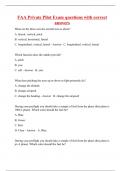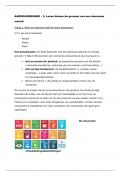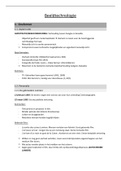Summary
Summary 'All the chemical reactions you have to learn in your specification for Cambridge IGCSE and O/Level
- Course
- Chemistry
- Institution
- 10th Grade
Summary and practice questions ( with answers) of all Chemical reactions 1.Writing chemical formulae for ionic compounds 2. writing chemical formulae for covalent compounds ng word equations for the chemical reactions ng formula equations ( chemical equations) and Balancing chemical equations 5...
[Show more]






